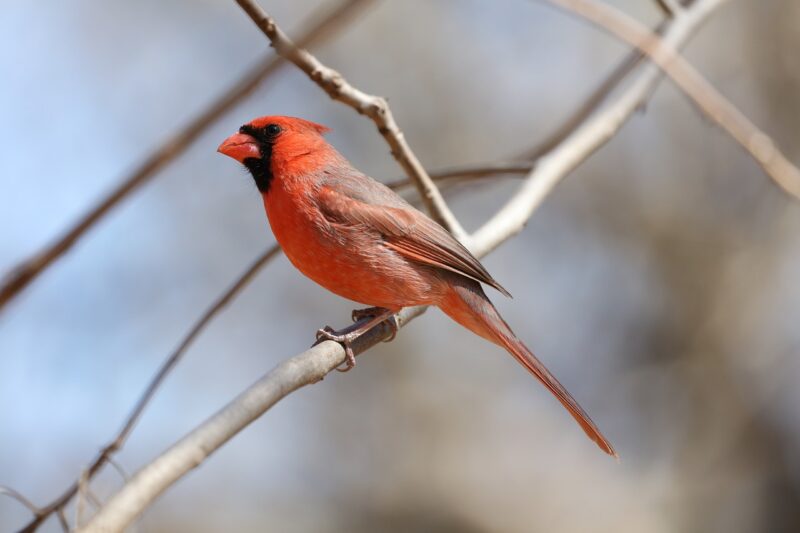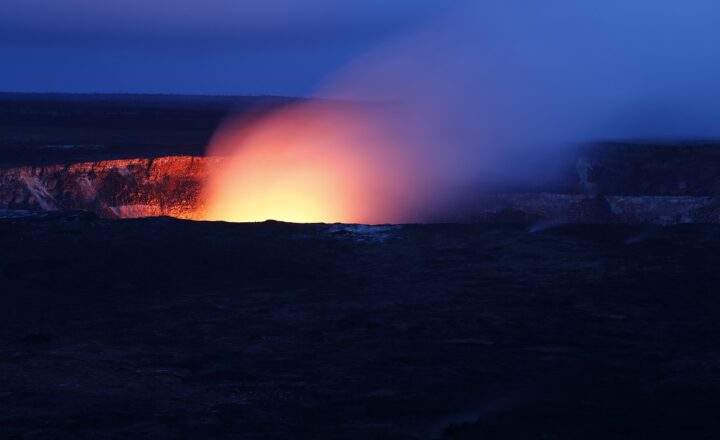The Mysterious Beauty of the Northern Lights and Where to See Them
November 16, 2024

The Northern Lights, or Aurora Borealis, is one of nature’s most breathtaking phenomena. This spectacular light display, which occurs mainly in polar regions, captivates millions of observers each year with its ethereal beauty. Striking green, purple, red, and blue hues dance across the sky in mesmerizing patterns, creating an experience that feels almost otherworldly.
1. What Causes the Northern Lights?
The science behind the Northern Lights is as fascinating as the display itself. The phenomenon occurs when charged particles from the sun, known as solar winds, collide with gases in the Earth’s atmosphere.
When these charged particles reach the Earth’s magnetic field, they are channeled towards the polar regions. As they interact with atmospheric gases—mainly oxygen and nitrogen—they release energy in the form of light. This light is what creates the shimmering colors we associate with the Northern Lights.
The primary colors of the Northern Lights are:
- Green: This is the most common color and is caused by oxygen at lower altitudes of about 120 km (75 miles) above the Earth.
- Red: This hue appears when there is high-altitude oxygen present, typically above 240 km (150 miles).
- Purple & Blue: These colors occur due to nitrogen molecules at lower altitudes and are typically less common.
Understanding this scientific basis adds to the wonder of witnessing the Northern Lights, making each viewing an experience that connects us to the cosmos.
2. The Best Places to See the Northern Lights
While the Northern Lights can be observed from various locations in the Arctic Circle, certain regions are renowned for providing optimal viewing opportunities. Here are some of the best places to catch a glimpse of this natural marvel:
- Tromsø, Norway: Often referred to as the “Gateway to the Arctic,” Tromsø is famous for its frequent aurora sightings. Its location above the Arctic Circle provides ideal conditions for experiencing the lights, especially during the winter months, from September to April.
- Yellowknife, Canada: Located in the Northwest Territories, Yellowknife boasts an average of 200 nights of aurora visibility each year. The clear skies and relatively mild climate make it a prime spot for observers.
- Reykjavik, Iceland: As the northernmost capital in the world, Reykjavik offers visitors a chance to experience not only the lights but also Iceland’s stunning landscapes. During winter, the city hosts numerous tours to chase the auroras.
- Fairbanks, Alaska: Fairbanks is one of the best places in the US to witness the Northern Lights, particularly between August and April. The region sees more than 200 aurora nights, thanks to its proximity to the magnetic pole.
- Lapland, Finland: The Finnish Lapland offers an extraordinary setting to view the Northern Lights, complemented by the beauty of its snow-covered landscapes. The area is particularly stunning during the winter solstice, when the polar night provides an extended viewing opportunity.
Each of these locations has unique features and experiences associated with aurora viewing, often incorporating local culture and traditions.
3. The Best Time to See the Northern Lights
Timing is everything when it comes to viewing the Northern Lights. The best time to observe this natural phenomenon is during the winter months, from late September to early April, when the nights are longest and skies are darkest. Here are some important factors to consider:
- Solar Activity: The intensity of the Northern Lights is closely tied to solar activity. Monitoring solar cycles and solar storms can help predict when the auroras will be most active. Websites and apps that track geomagnetic activity can provide real-time alerts for optimal viewing conditions.
- Weather Conditions: Clear skies are essential for aurora viewing. Always check local weather forecasts and look for locations away from light pollution for the best chance of seeing the lights.
- Location Choices: Choose a location that is known for high auroral activity. Most of the best viewing spots are located above the Arctic Circle, as discussed earlier.
Planning your trip around these factors can increase your chances of witnessing the Northern Lights in all their glory.
4. What to Expect When Viewing the Northern Lights
Observing the Northern Lights goes beyond merely watching colors dance across the sky; it’s a multi-sensory experience. Here’s what to expect:
- The Experience: The anticipation builds as you wait for the lights to appear. You may find them emerging as faint green streaks at first, gradually becoming more vibrant and dynamic. Be prepared for a range of emotions, from awe to joy when the full display unfolds.
- Photography Tips: Capture the Northern Lights by using a tripod and a camera with manual settings. Increasing exposure time can help enhance the colors and details in your photos. Consider bringing a remote shutter release to avoid camera shake for clearer images.
- Clothing and Preparations: Dress warmly, as you may be outside for hours waiting for the lights. Layering is key, and make sure to wear insulated winter gear, hats, gloves, and thermal socks to stay comfortable in cold weather. Bring along hot drinks or snacks to enhance the experience further.
Experiencing the Northern Lights is truly a once-in-a-lifetime adventure that can spark wonder and appreciation for our planet’s beauty.
5. Mythology and Folklore Surrounding the Northern Lights
The Northern Lights have inspired many myths and legends throughout history. Different cultures have interpreted the lights in unique ways, often attributing them with spiritual significance or as omens. Here are a few examples:
- Norse Mythology: In Norse mythology, the auroras were considered the “Bifrost,” a bridge connecting the world of the living with the gods. It was thought that heroes who died in battle would travel this bridge to Valhalla, the hall of the slain.
- Inuit Legends: The Inuit people viewed the lights as the spirits of the deceased, dancing in the sky. They believed that engaging in games or showing respect to these spirits could influence their favor.
- Finnish Lore: The Sámi people of Lapland believed the Northern Lights were the spirits of their ancestors playing in the sky, while others viewed them as a sign of good fortune.
Understanding these cultural narratives adds depth to the experience of watching the Northern Lights, turning a simple viewing into a rich tapestry of human connection to nature.
Conclusion
The Northern Lights remain one of nature’s most captivating spectacles, enticing adventurers and dreamers alike to seek out their shimmering beauty. With proper planning, optimal locations, an appreciation for the science behind the phenomenon, and an understanding of its cultural significance, you can turn your Northern Lights chase into an unforgettable journey.
Whether you are standing under the illuminated skies of Tromsø, gazing up at the vibrant displays in Yellowknife, or sharing stories with locals about the legends passed down through generations, witnessing the auroras is a reminder of the wonders of our world.
Prepare for an adventure that is not just visual but deeply emotional, where the dance of colors intertwines with the stories of humanity and our relationship with the universe.








